Movies
Ted V. Mikels, RIP
Obituary here.
Posted By: Paul - Wed Oct 19, 2016 -
Comments (2)
Category: Death, Eccentrics, Horror, Movies, 1960s, Blood, Dismemberment, Screams, Grunts and Other Exclamations
Signal 30
In 1959, the Ohio State Highway Patrol produced a 27-minute film showing graphic scenes of fatal traffic accidents. The footage was accompanied by a soundtrack of the cries and moans of the victims. They called the film "Signal 30" — referring to the patrol's radio code for fatal accidents.The film was shown at many high schools, in an attempt to scare kids into being good drivers. Some judges also made people with traffic violations watch it "to atone for their violations." It got some dramatic reactions from viewers. For instance:
Another woman had to be carried from the courtroom and given oxygen after she watched a truck driver burning to death in the color-and-sound film.
The film is now on YouTube, so you can find out how you would react to it. (I actually haven't had the courage to watch it yet.)
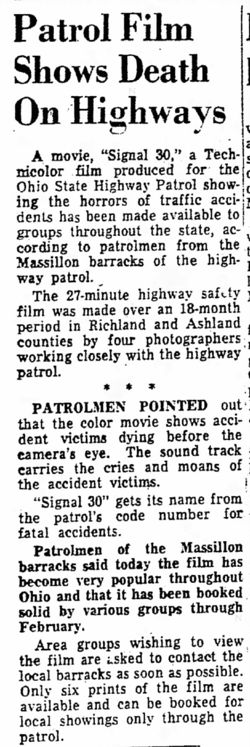
Massillon Evening Independent - Jan 20, 1960

Asbury Park Press - Aug 10, 1962
More info: wikipedia.
Posted By: Alex - Wed Oct 05, 2016 -
Comments (8)
Category: Death, Movies, Documentaries, 1960s, Cars
Teen Suicide Inspired by Media!
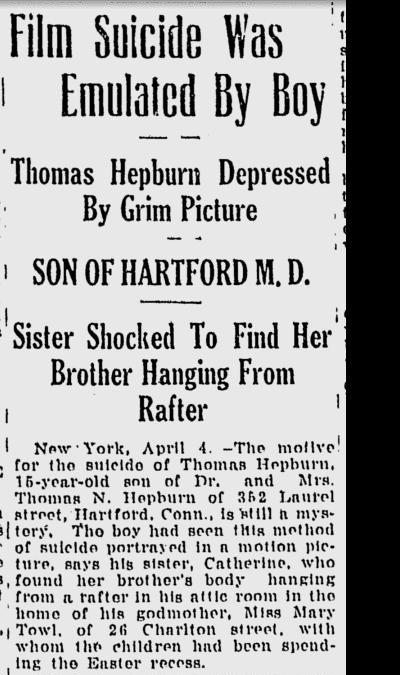
Yes, a "contemporary" trend happening in 1921.
Original story here.
Posted By: Paul - Fri Jul 29, 2016 -
Comments (3)
Category: Death, Suicide, Movies, Teenagers, 1920s
The Black Godfather
FINALLY, a figure who can soothe these divisive times!
Posted By: Paul - Wed Jul 20, 2016 -
Comments (3)
Category: Crime, Movies, Racism, Stereotypes and Cliches, 1970s
Rock Hudson Sings Rod McKuen
Full playlist here.
Posted By: Paul - Sat Jul 02, 2016 -
Comments (0)
Category: Ineptness, Crudity, Talentlessness, Kitsch, and Bad Art, Movies, 1970s, Cacophony, Dissonance, White Noise and Other Sonic Assaults
Mystery Illustration 22
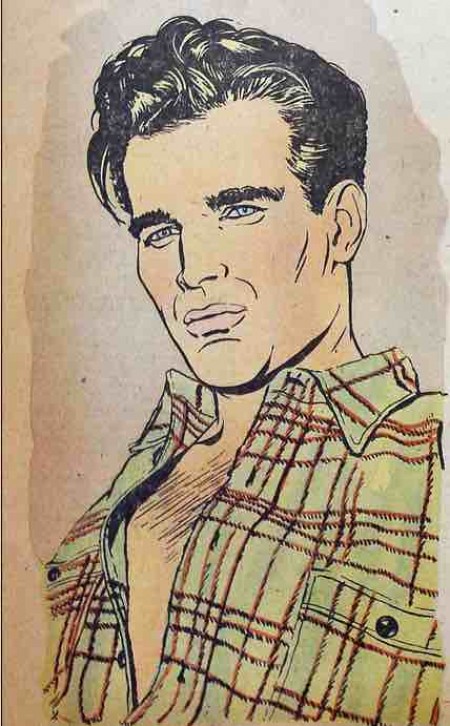
Which very famous movie star--he flourished from the 40s right into our present millennium--is this awkward drawing supposed to represent?
Answer after the jump.
More in extended >>
Posted By: Paul - Sat Jun 25, 2016 -
Comments (5)
Category: Art, Ineptness, Crudity, Talentlessness, Kitsch, and Bad Art, Movies, 1940s, Twenty-first Century
Enormous Human Voice Movie House Organ
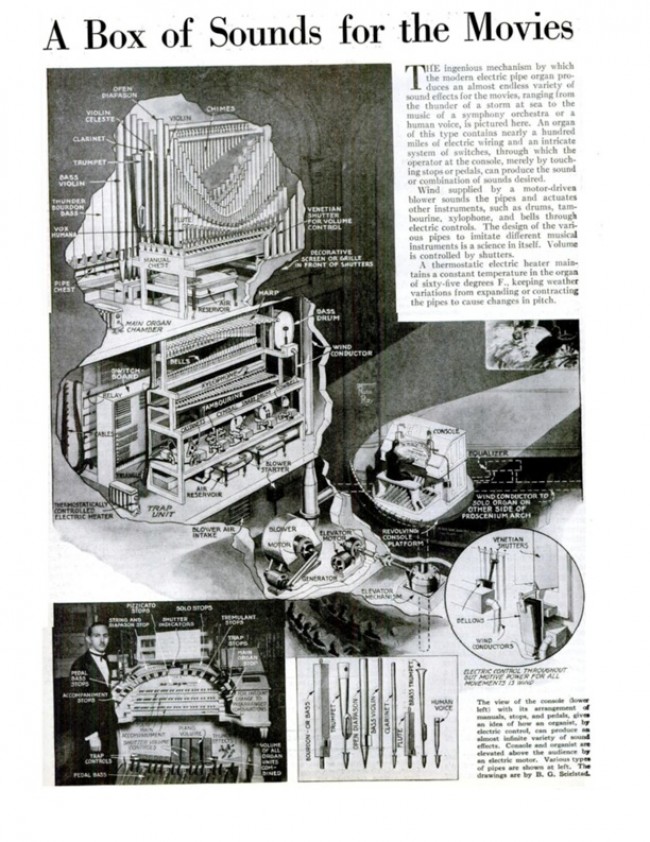
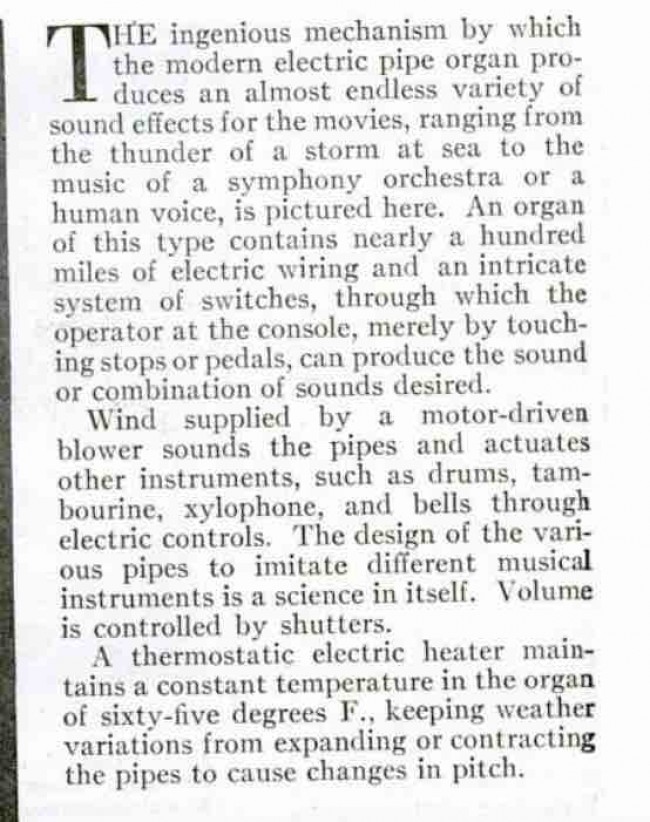
Original article here.
This seems to me a vivid example of a massively clever technology that totally missed out on the future train. Adding sound capture to film stock itself made this huge device totally obsolescent overnight.
Posted By: Paul - Mon Jun 06, 2016 -
Comments (3)
Category: Movies, Technology, 1920s
Dean Jones, Singer
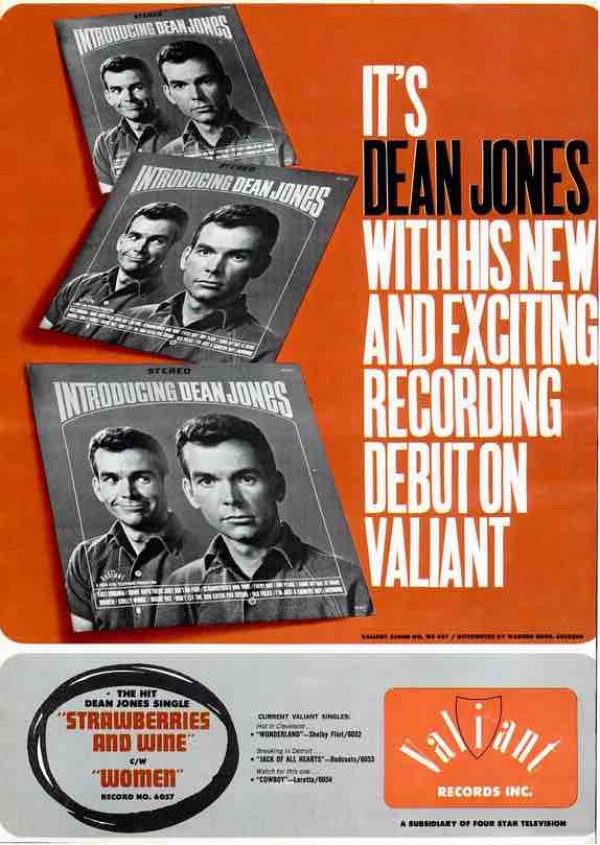
Like Shatner, Nimoy and other actors, well-known Disney star Dean Jones fancied himself a singer as well. The opening bellow of this first track reminds me faintly of Jim Morrison.
What do you all think of his talents in this arena?
Posted By: Paul - Sat Jun 04, 2016 -
Comments (4)
Category: Celebrities, Ineptness, Crudity, Talentlessness, Kitsch, and Bad Art, Movies, 1960s
Moonbump
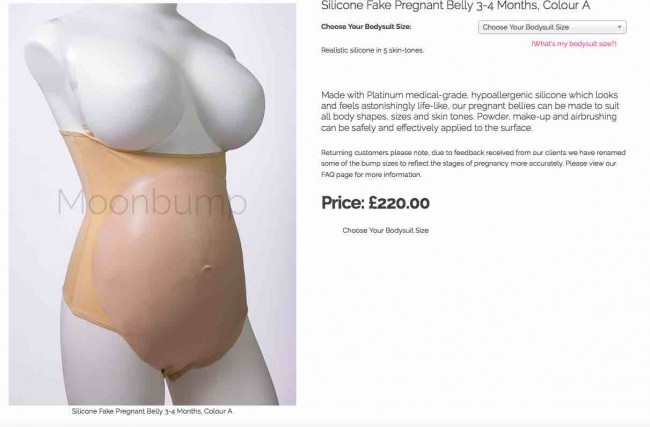
The Moonbump company claims to be suppliers of props to the film and TV industry. I suspect sexual fetishes are really involved, but I hesitate to inquire more deeply.
Posted By: Paul - Tue May 31, 2016 -
Comments (8)
Category: Costumes and Masks, Movies, Pregnancy
Circular Drive-in
In 1973, Lloyd Honey opened the Tricircle drive-in movie theater. It was the first-ever circular drive-in. The advantage of this was that it allowed x-rated movies to be shown, because the picture couldn't be seen from surrounding areas. This circular design was marketed as "Visible X" technology, but it doesn't seem to have caught on.More info from Drive-In Theaters by Kerry Segrave:
According to drive-ins.com, the Tricircle was torn down at some point, and there's now a Wal-Mart on the site.


Boxoffice magazine - Oct 20, 1975
Posted By: Alex - Fri May 27, 2016 -
Comments (9)
Category: Movies, 1970s

| Who We Are |
|---|
| Alex Boese Alex is the creator and curator of the Museum of Hoaxes. He's also the author of various weird, non-fiction, science-themed books such as Elephants on Acid and Psychedelic Apes. Paul Di Filippo Paul has been paid to put weird ideas into fictional form for over thirty years, in his career as a noted science fiction writer. He has recently begun blogging on many curious topics with three fellow writers at The Inferior 4+1. Contact Us |




